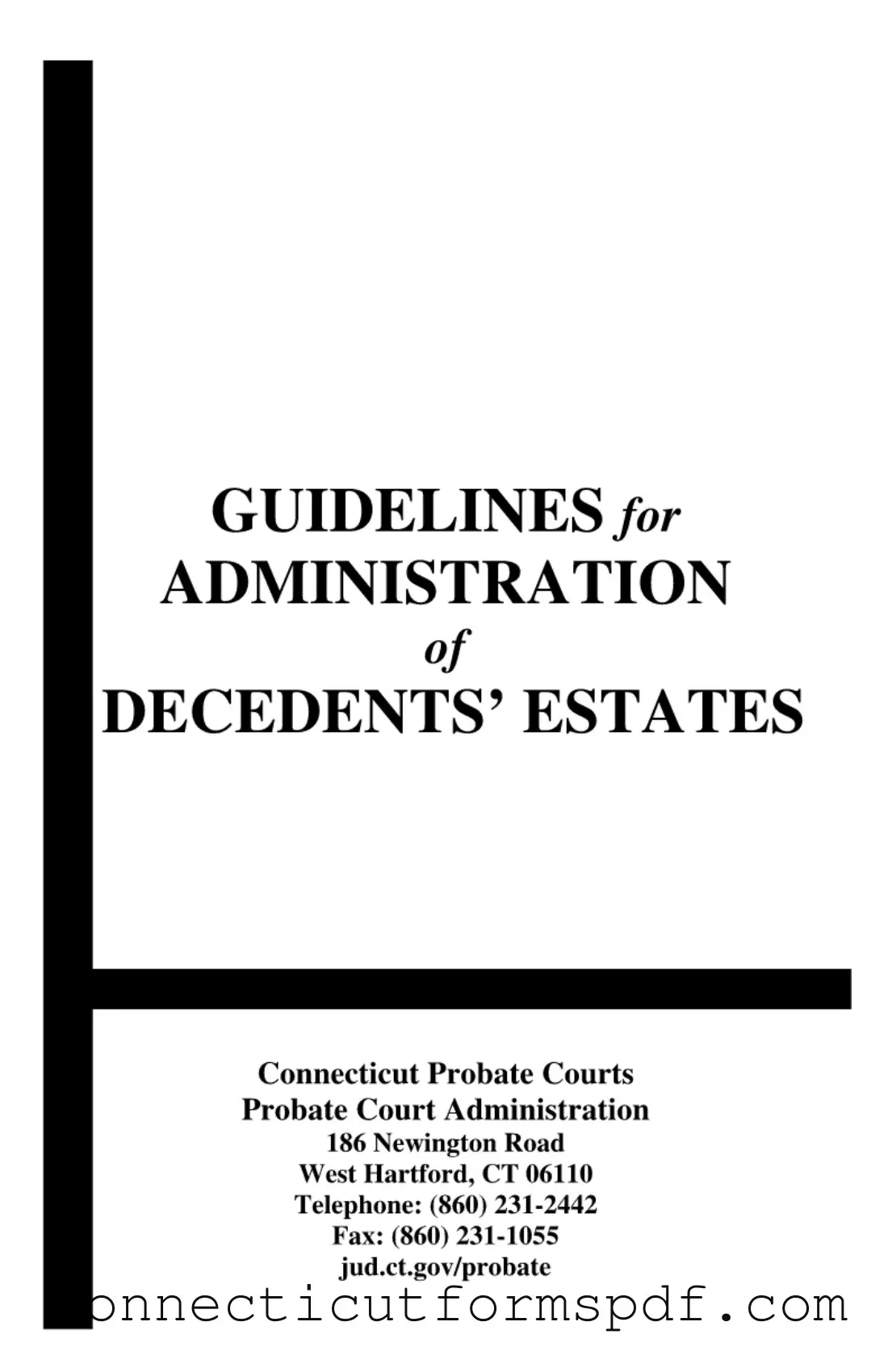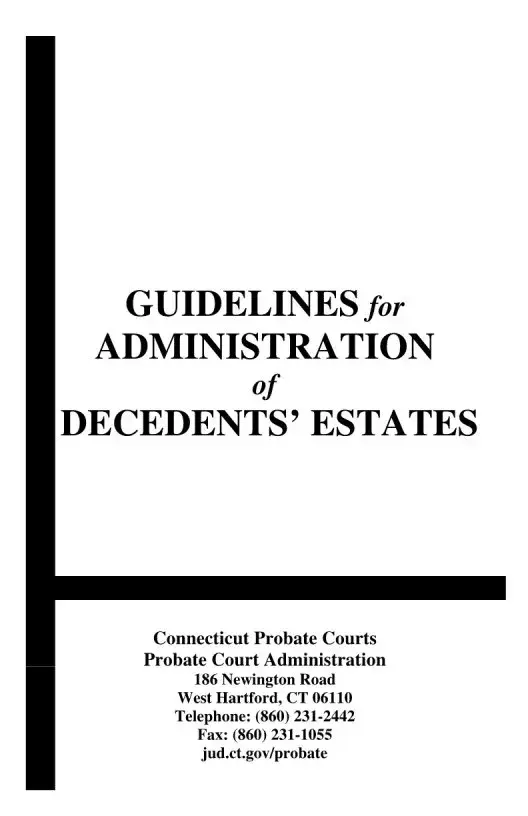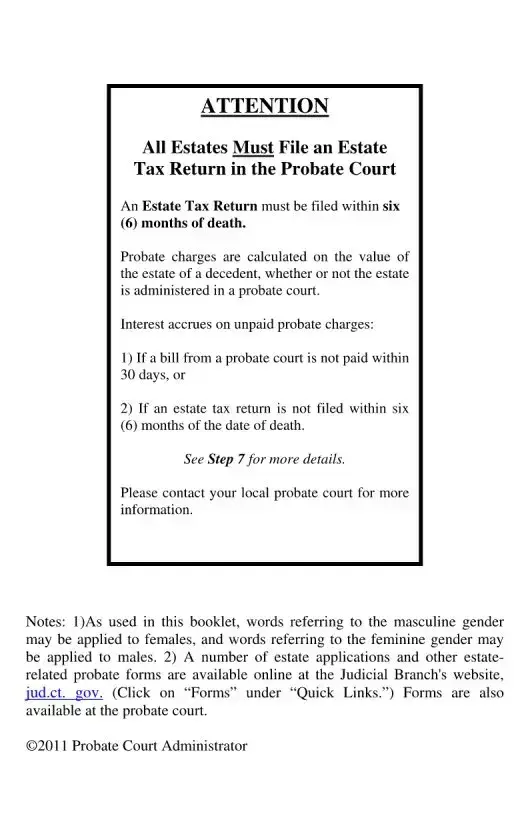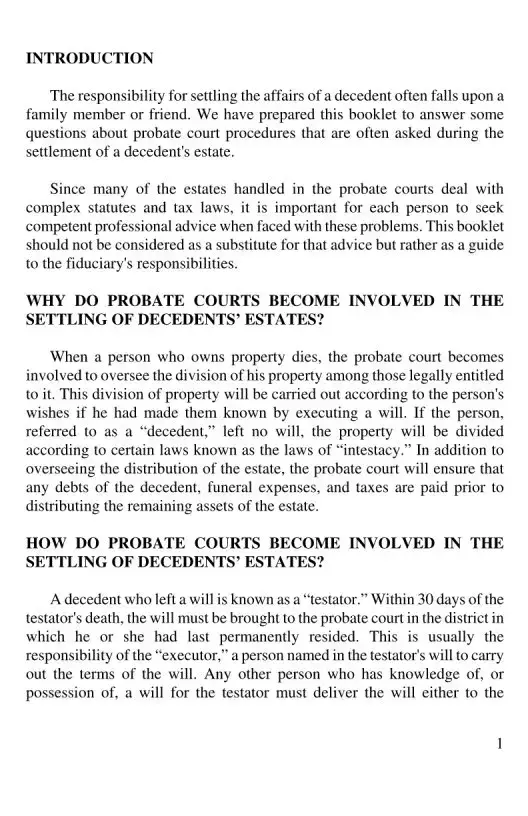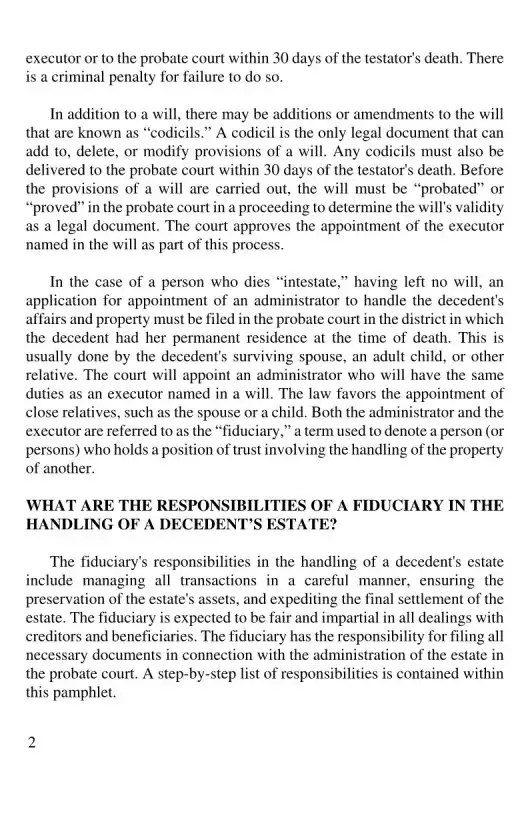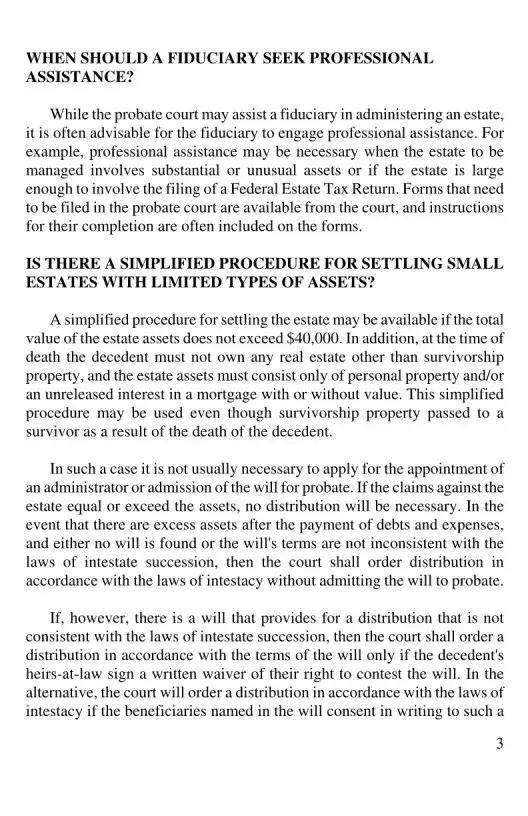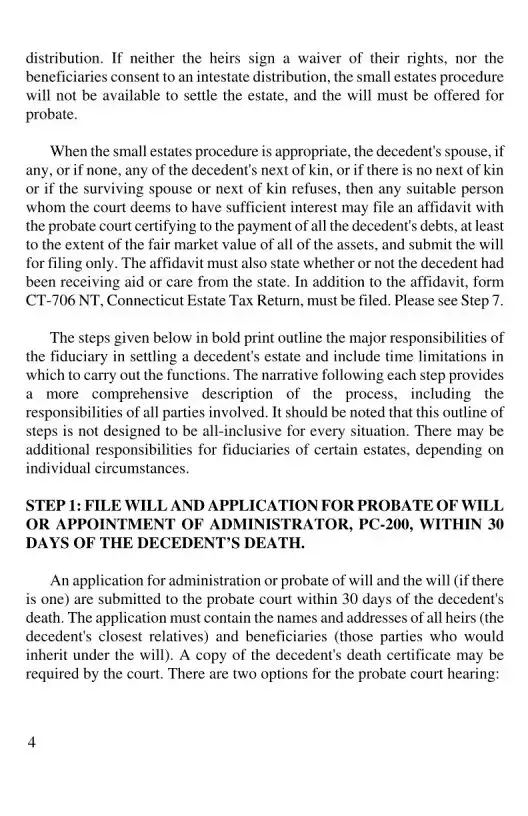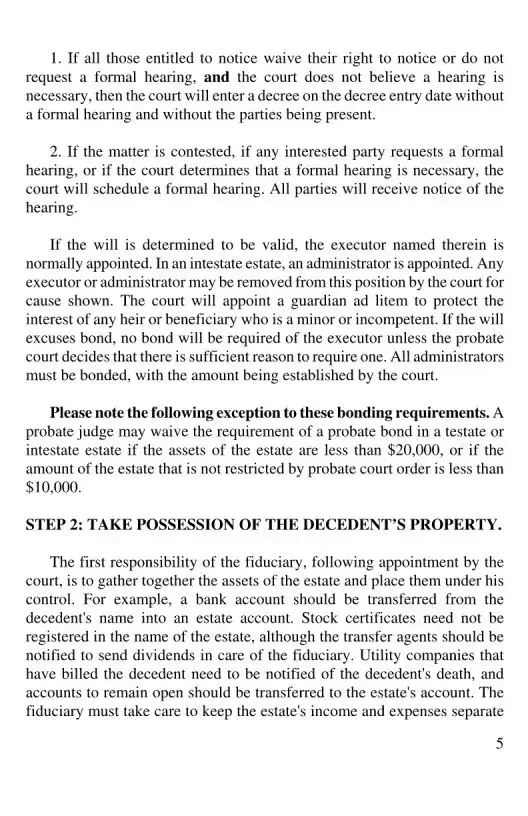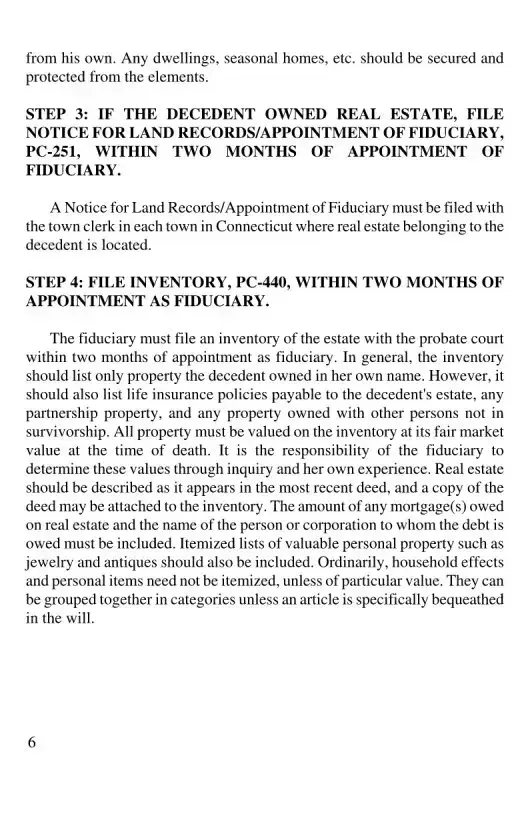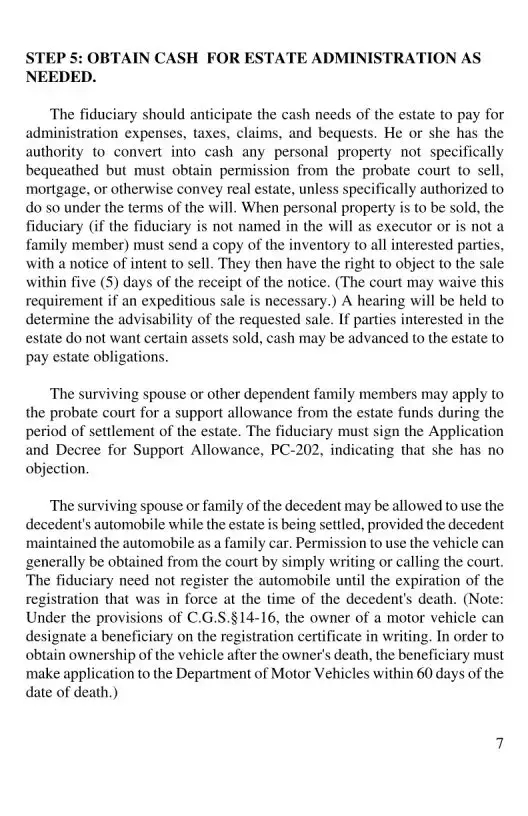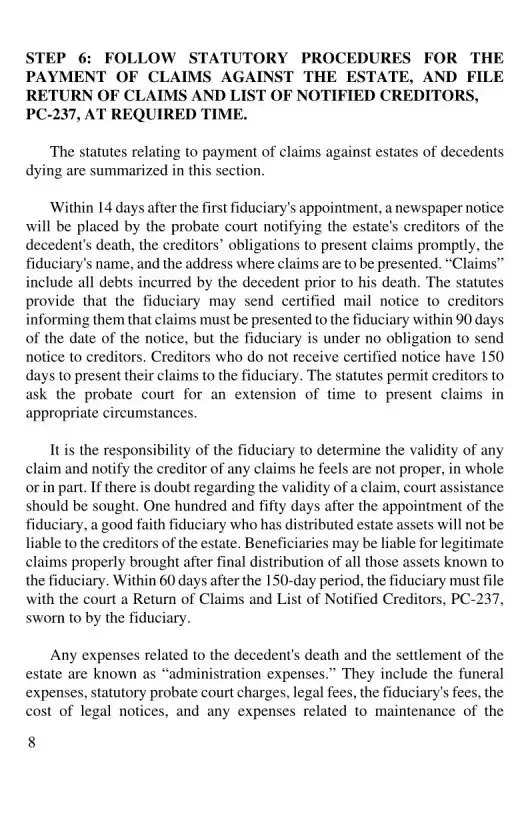Fill Out a Valid Connecticut Probate Template
The Connecticut Probate Form serves as a critical document within the state's legal system, designed to facilitate the process of administering an individual's estate after their death. It comprehensively captures the necessary information to ensure a smooth transition of assets, according to the laws of Connecticut. For those looking to navigate these proceedings efficiently, completing this form is a vital step. Click the button below to start filling it out today.
Launch Editor Now
